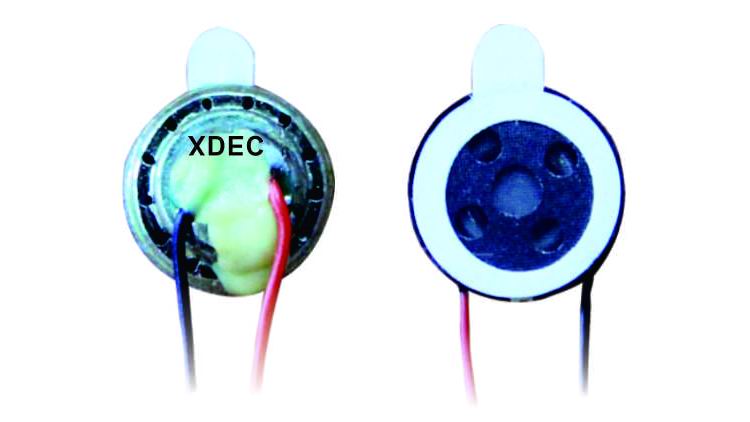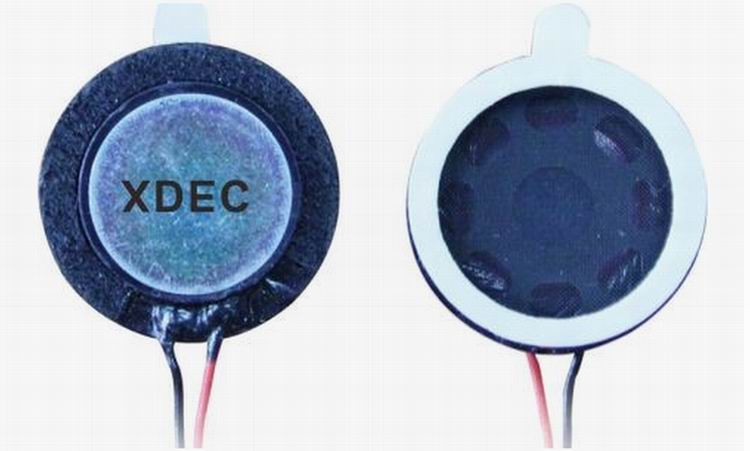Analysis of common problems of thyristors
First, the principle of thyristor
A thyristor is a four-layer high-power semiconductor device with three PN junctions. It is generally formed by a reverse connection of two thyristors. It has three poles: an anode, a cathode, and a gate. During the operation of the thyristor, its anode (A) and cathode (K) are connected to the power source and the load to form the main circuit of the thyristor. The gate G and the cathode K of the thyristor are connected to the device for controlling the thyristor to form a control circuit for the thyristor. Its function is not only rectification, but also can be used as a non-contact switch to quickly turn on or off the circuit, to convert the direct current into an alternating current, to convert one frequency of alternating current into another frequency of alternating current and so on. Like other semiconductor devices, thyristors have the advantages of small size, high efficiency, good stability, and reliable operation.
Second, the conditions and methods of conduction and shutdown of the thyristor
Now that we understand the principle of thyristors, let's take a look at the conditions and methods for turning on and off the thyristors.
1. Thyristor conduction conditions
(1) The condition of the thyristor conduction is: the anode is subjected to the forward voltage, and the thyristor in the blocking state can be turned on only when the gate is applied with a positive trigger voltage. The minimum width of the positive trigger pulse applied to the gate should be such that the anode current reaches the minimum anode current required to maintain the on-state, ie, the current IL is maintained. The voltage drop of the thyristor after conduction is small, and the condition that the turned-on thyristor is turned off is to reduce the current flowing through the thyristor to a small value, that is, to maintain the current IH.
(2) The method of conducting the thyristor is as follows:
1) reduce the forward anode voltage to a value, or add a reverse anode voltage;
2) Increase the resistance in the load loop.
2. The conditions for the turn-off of the thyristor
(1) The condition that the thyristor is turned off is that the forward current between the main terminals is made smaller than the sustain current.
(2) The method of turning off the thyristor is as follows:
1) reduce the forward voltage between the main terminals A, K until zero, or add a reverse voltage;
2) Use the energy storage circuit to force the shutdown.
Third, the method of judging the cause of thyristor damage
When the thyristor needs to be inspected and analyzed for damage, the die can be taken out of the cooling jacket, the core box is opened, and the chip is taken out to observe the damaged trace to determine the reason. The following are several common methods for judging the cause of thyristor damage:
Voltage breakdown
The thyristor is damaged due to its inability to withstand voltage. There is a clean hole in the chip, which sometimes needs to be seen with an enlarged mirror. The reason may be that the tube itself has a drop in withstand voltage or a high voltage breakdown that occurs when the circuit is disconnected.
2. Current damage
A characteristic of current damage is that the chip is fired into a pit and is rough and positioned away from the gate.
3. Current rise rate is damaged
The trace is the same as the current damage, and its position is near the control pole or just on the control pole.
4. Edge damage
If it occurs at the outer chamfer of the chip, there are small smooth holes. Use a magnifying glass to see scratches on the chamfered surface. This is caused by careless installation by the manufacturer. It causes a voltage breakdown.
Fourth, the thyristor use precautions
The thyristor should also pay attention to the following matters during its use:
1. General low-power thyristors do not need to add heat sink, but should be away from heating components, such as high-power resistors, high-power triodes and power transformers. For high-power thyristors, heat sinks and cooling conditions must be added as required by the manual to ensure that the temperature at which the tubes are operated does not exceed the junction temperature.
2. When the thyristor is over- and short-circuited during use, an overcurrent is generated to burn the tube. For overcurrent, a fast fuse can be added to the AC power supply for protection. The fuse time of the fast fuse is extremely short, and the rated current of the general fuse is selected by 1.5 times the rated average current of the thyristor.
3. When the AC power is turned on and off, there is a possibility that overvoltage occurs in the conduction or blocking of the thyristor, and the tube is broken down. For overvoltage, a parallel RC snubber circuit can be used. Since the voltage across the capacitor cannot be abruptly changed, as long as the RC circuit is taken between the cathode and the anode of the thyristor, the overvoltage that occurs instantaneously in the power supply can be weakened, thereby protecting the thyristor. Of course, varistor overvoltage protection components can also be used for overvoltage protection.
0.4"~0.95" speaker (10~24mm)
1)0.4" speaker 10mm speaker
2)0.5" speaker 13mm speaker
3)0.6" speaker 15mm speaker
4)0.7" speaker 18mm speaker
5)0.8" speaker 20mm speaker
6)0.9" speaker 23mm speaker
7)0.95" speaker 24mm speaker



FAQ
Q1. What is the MOQ?
XDEC: 2000pcs for one model.
Q2. What is the delivery lead time?
XDEC: 15 days for normal orders, 10 days for urgent orders.
Q3. What are the payment methods?
XDEC: T/T, PayPal, Western Union, Money Gram.
Q4. Can you offer samples for testing?
XDEC: Yes, we offer free samples.
Q5. How soon can you send samples?
XDEC: We can send samples in 3-5 days.
0.4" Speaker 10Mm Speaker,0.5" Speaker 13Mm Speaker,0.6" Speaker 15Mm Speaker,High Speaker
Shenzhen Xuanda Electronics Co., Ltd. , https://www.xdecspeaker.com